A week ago, we stumbled upon an interesting statistic: mobile traffic consistently accounted for over 63% of total traffic in the past year, while desktop users never exceeded 40% of the population.
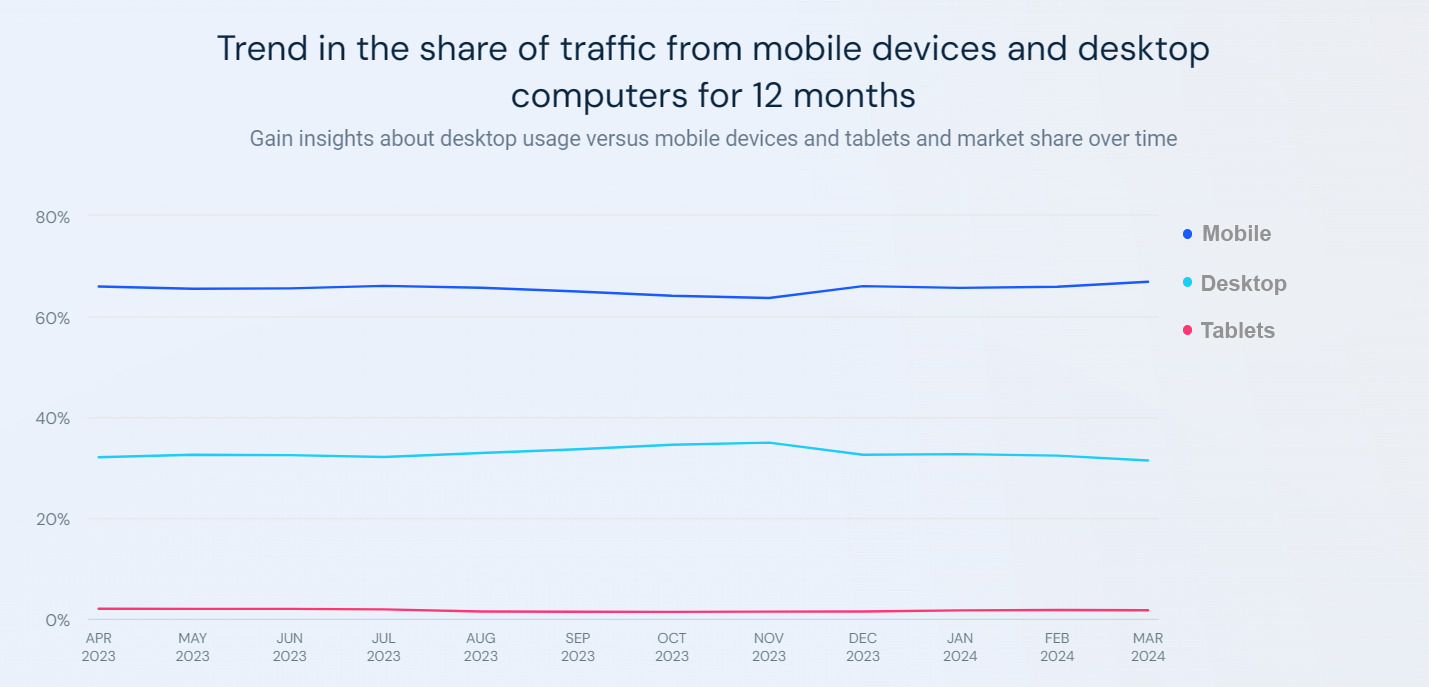
This emphasizes the importance of running campaigns on both mobile and desktop devices. In this article, we will explore the differences between desktop and mobile traffic, how to optimize creatives for each platform, which offers to choose, and practical tips for success.
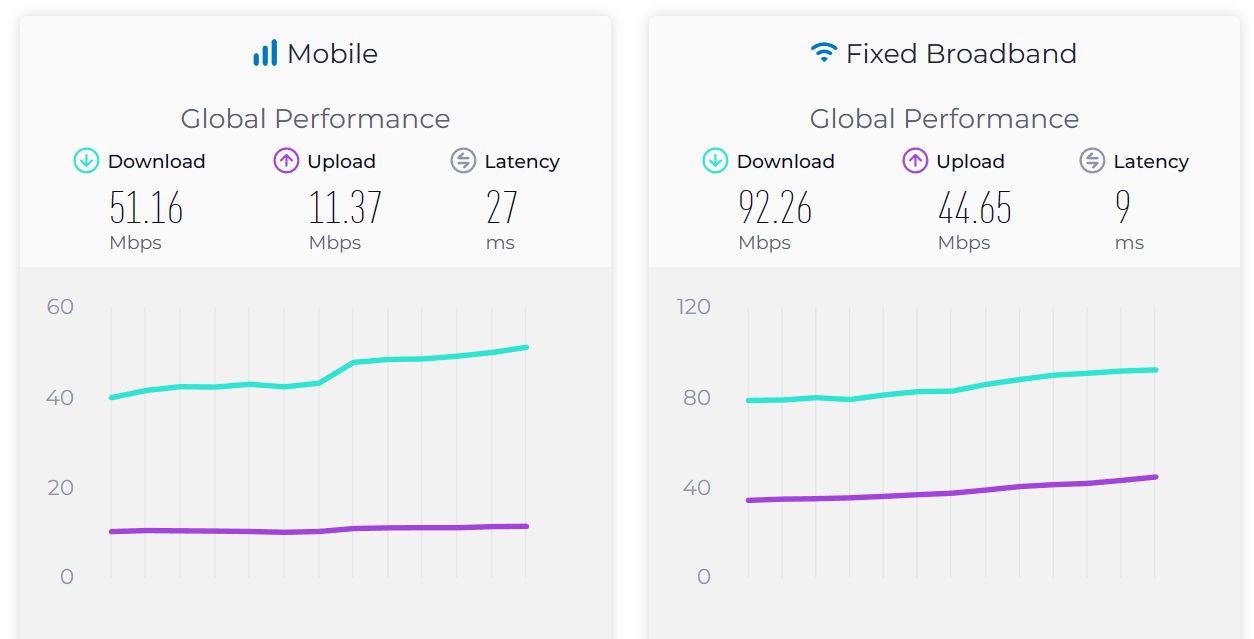
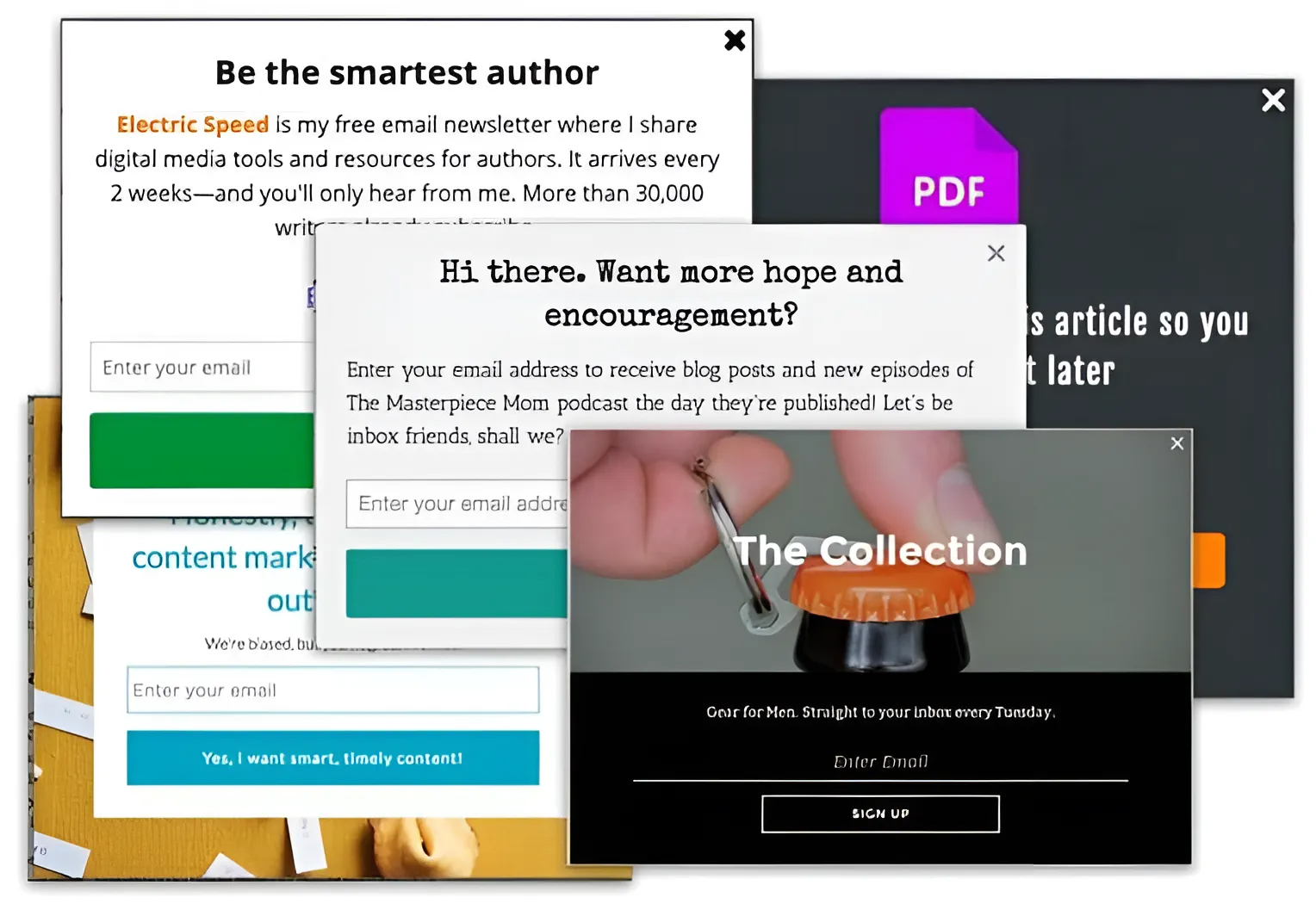
Additionally, pops are a highly popular and profitable format, as they occupy up to 80% of the page and are difficult to miss.
How to prepare advertisements: Let's consider push notifications and pops as examples. On a computer, users see all the elements of these advertising formats: title, icon, main image, and offer description. Given that 60% to 80% of the population are visual learners, a well-selected main image can compensate for a low-quality icon or weak description. To boost the click-through rate (CTR) of your push or pop campaigns, consider the following strategies:

Ad scheduling: On weekdays, people typically use computers at work. Therefore, it is advisable to promote offers from 7:00 AM to 6:00-7:00 PM in the target audience's time zone. Financial and business offers perform well during this period, as many workers would gladly exchange an 8-hour workday in a stuffy office for a profitable financial project.
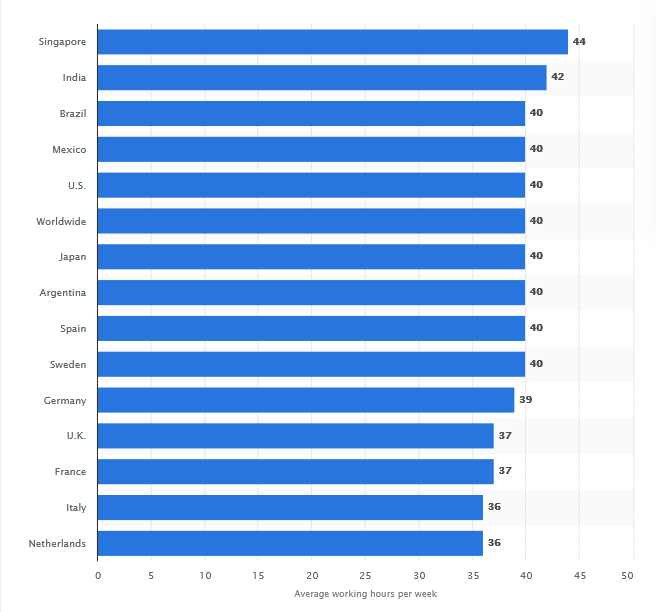
Target audience behavior: Desktop users tend to be more patient than Android or iOS users, as it is more convenient to open multiple tabs and switch between them. They can wait a few seconds, unlike mobile audiences, resulting in bounce rates for desktop traffic rarely exceeding 30%.
If an affiliate is ready to invest $1,000 or more, it is better to focus on 3G or 4G. This will provide higher conversions and payments, but also higher impression costs—for the same 1,000 impressions, you will have to pay from $24 to $107.
However, traffic prices largely depend on the network driving it. With a small budget, you can enter even Tier-1 countries if you find a network with competitive prices. For example, in MyBid, the cost per click in Tier-1 countries starts from $0.00169.
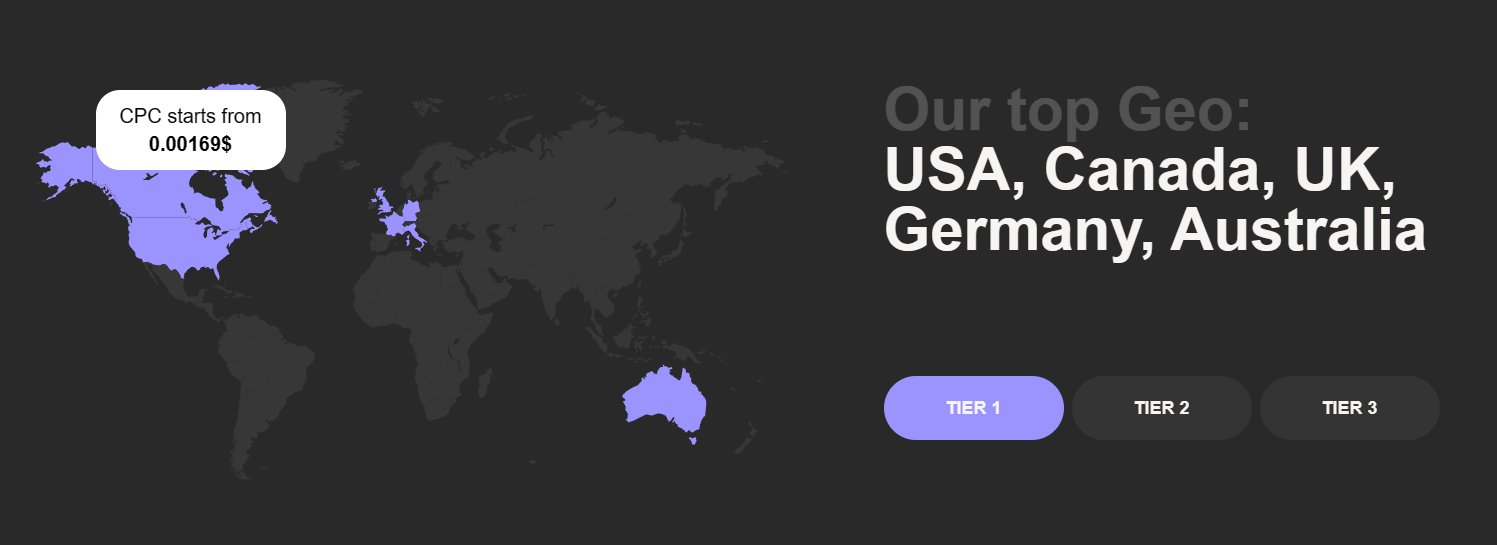
How to prepare advertisements: Let's discuss pops and push notifications as well. The most common smartphone screen size is 6.3 inches, which is slightly smaller than a bar of Alpen Gold chocolate. On such screens, there is limited space for the main image. Therefore, you can only capture a buyer's interest with a catchy headline and a meaningful description. Tips on writing converting headlines are available on the internet, but one universal trick is to use numbers. They help provide a clear picture of the product's effectiveness for most people. For instance, the phrase "Our service will help you earn a lot" may not convey much, but the sentence "Our clients earn $100 per hour. Try it too" quickly demonstrates the benefits of the offer.
In-Page Push is an exception to this rule. They resemble banners more than classic push notifications and are disguised as system notifications.

Ad scheduling: People use their phones and computers at different times. For example, the share of mobile traffic on the network increases sharply between 6:00-7:00 PM and 12:00 AM. During this time, people are commuting home from work, checking social media, and relaxing after their workday.
However, these are average values, so it is essential to study the region's statistics where the affiliate plans to advertise. According to various sources, Africans spend about 11 hours online, while the Japanese spend around 4 hours. This may be why Africa is in Tier-3, and Japan is in Tier-2. Japan even has a special term, "karoshi," which means death from overwork. As a result, payouts are traditionally high in this geo, and it is quite challenging to maintain an audience.
Target audience behavior: It would be useful to study statistics on the development of public transportation in the country. In places with more personal car owners than those who commute by bus, it is more difficult to reach the mobile device audience. The reason is simple—during the peak of mobile traffic, these people are behind the wheel and cannot be distracted by advertising.
The bounce rate on mobile devices is around 68%, so every second of landing page loading counts. Walmart research has proven that the optimal loading time is 1 second.
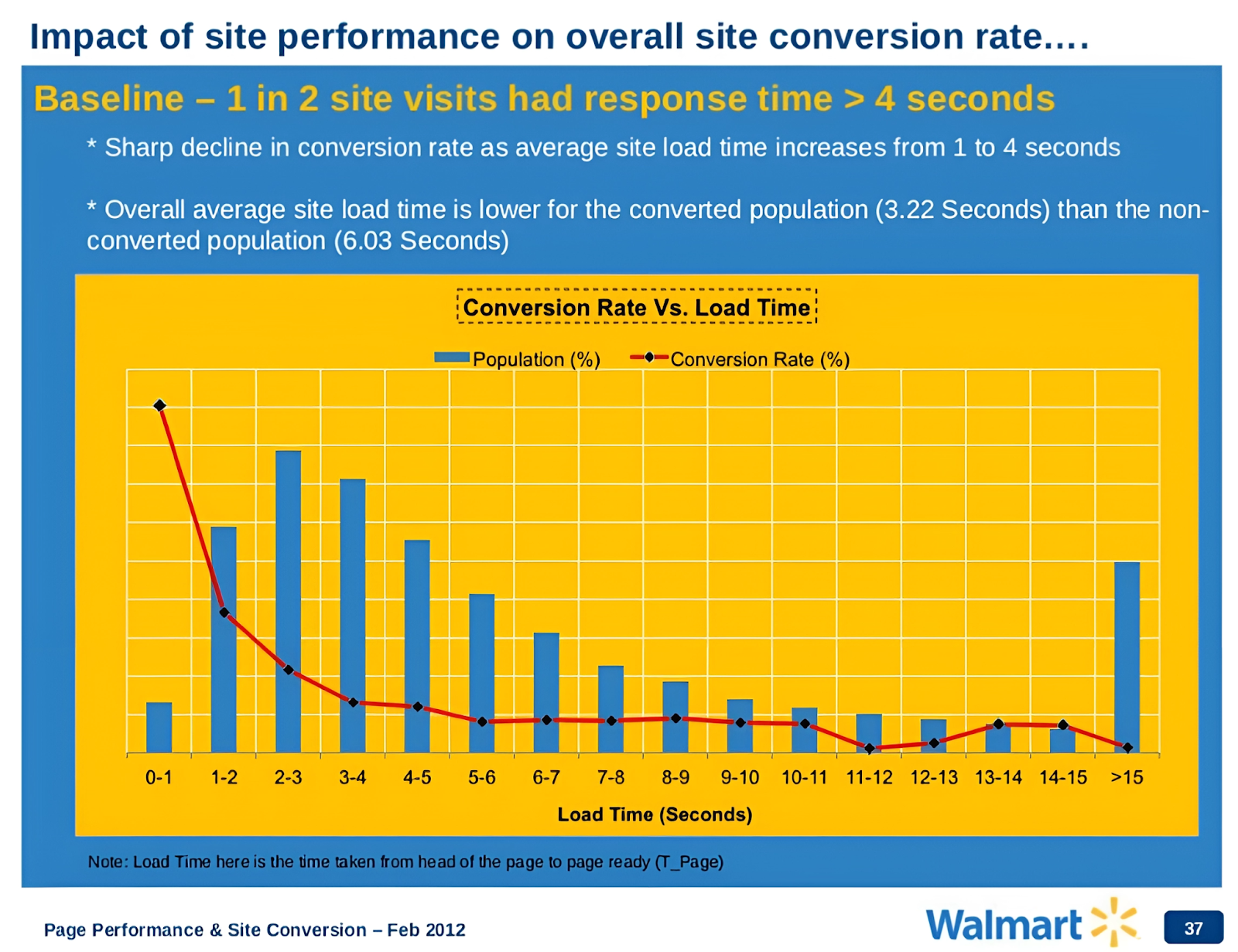
Moreover, each additional second reduces conversion by 1%. Here are a couple of tips to reduce landing page speed and save conversion rates:
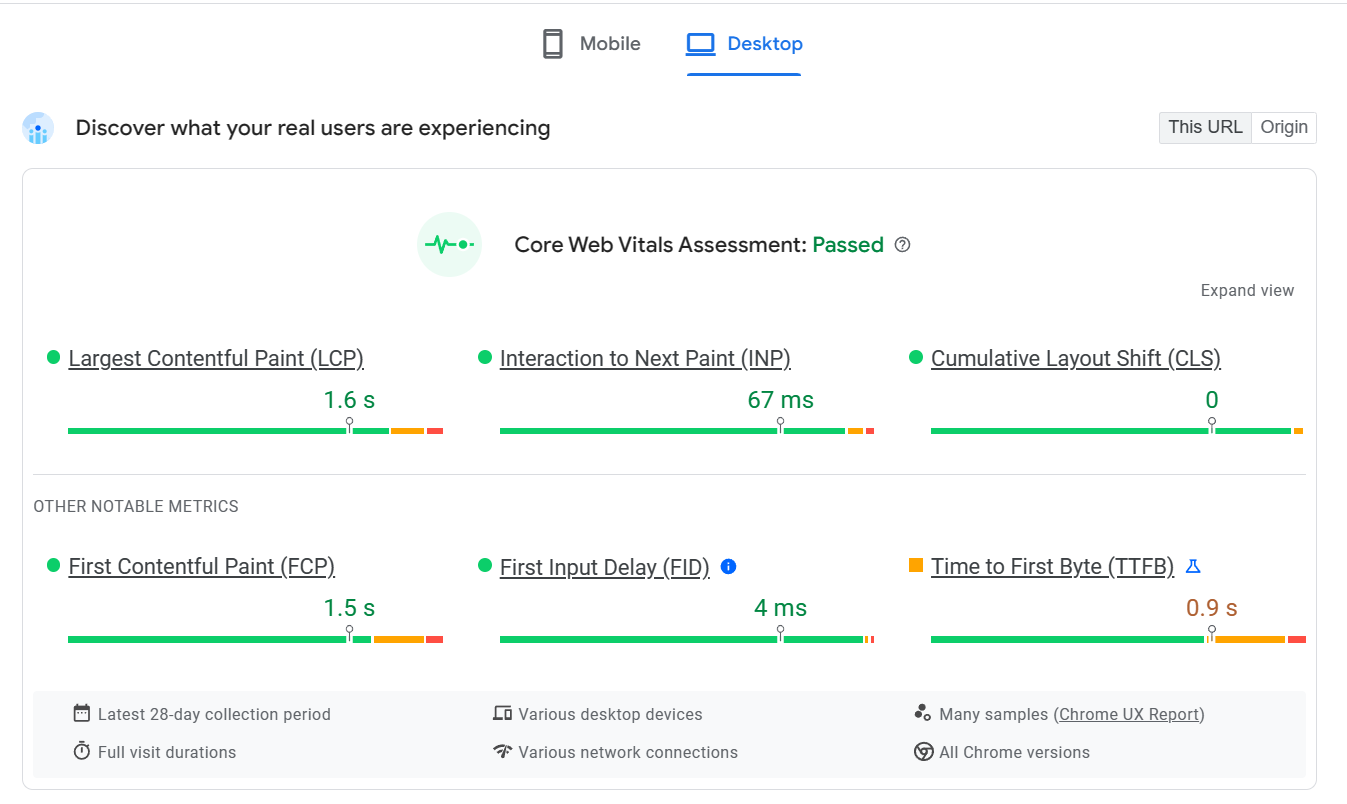
Target audience: Desktop users on macOS operating systems, without reference to region or language. The exception is devices with Internet Explorer and Edge browsers that work in conjunction with Windows.
Creatives: The affiliate did not bother with the selection of creatives and chose the most obvious ones. The problem was presented in the title "Is Your PC Slowing Down?" and the solution was mentioned in the description as "Get Its Power Back!" After clicking on the integration, the user was directed to a landing page for installation.
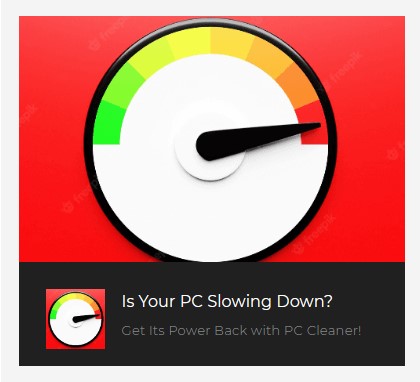
Targeting details: A limit of impressions was set for each user — no more than three times per day. Payments were made up to $0.05 per click.
Results: The results of the advertising campaign are as follows:

Case Study No. 2: $2,785 on the Scanero QR Code Scanner App for Smartphones and nearly $800 in net profit
Countries: The affiliate targeted Tier-3 regions where mobile traffic was growing, and the market wasn't yet saturated. These regions included Angola, Cameroon, Algeria, Congo, Mozambique, and Nigeria. Uruguay, Chile, Colombia, and Vietnam were also added.
Target audience: The target audience consisted of Android users who had version 8 or higher. The supported browsers were Samsung and Google Chrome, and the target age range was 18 to 65 years.
Creatives: The affiliate used the creatives provided by the advertiser. Users clicked on the creative, which took them to a prelander page, and from there, they were directed to the application page in the Play Market.
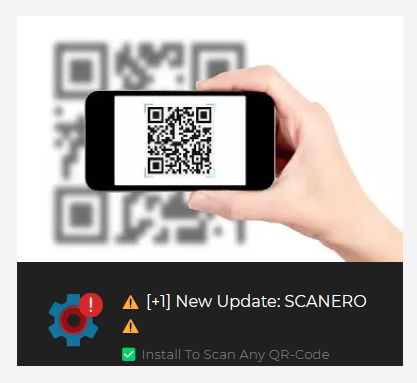
Targeting details: Separate campaigns were launched for each prelander page. All regions performed well, except for Brazil, where some of the traffic came from bots, resulting in a lower ROI.
Results: Brazil, with the highest number of leads, turned out to be the least profitable due to bot traffic.
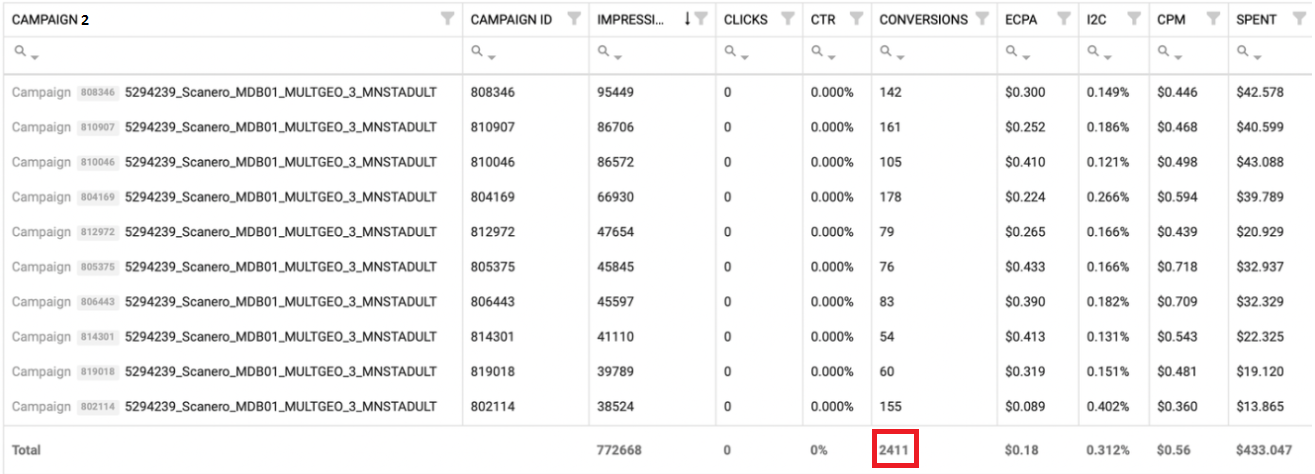
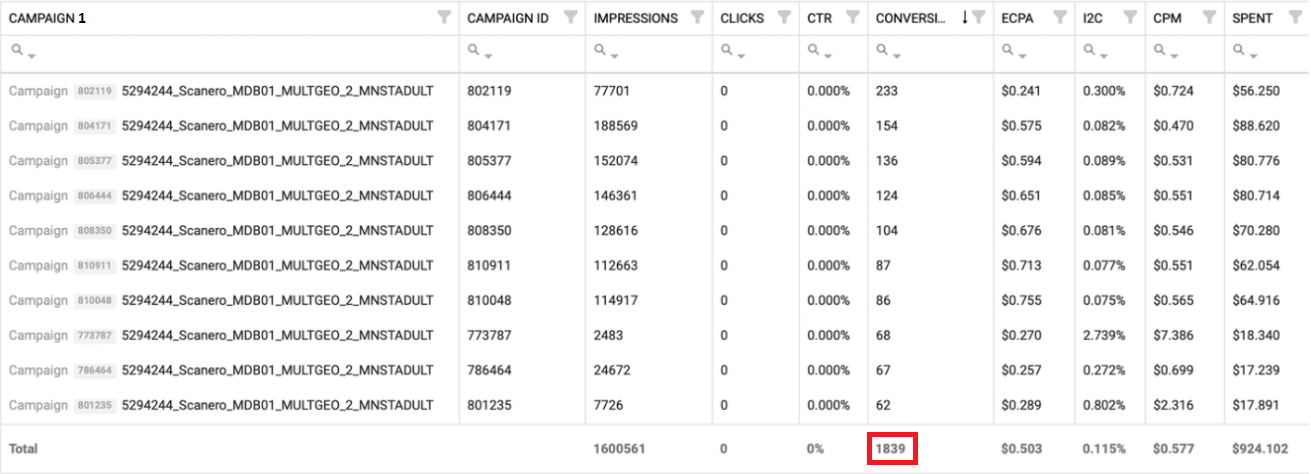
To avoid such a negative experience, we recommend considering the number of websites owned by the advertising network. When the advertising network owns the websites which it gets traffic from, the affiliate can expect higher-quality traffic. MyBid owns most of the websites it uses to reach the audience. Additionally, it also has an advanced anti-fraud system filters out low-quality traffic.
This emphasizes the importance of running campaigns on both mobile and desktop devices. In this article, we will explore the differences between desktop and mobile traffic, how to optimize creatives for each platform, which offers to choose, and practical tips for success.
Comparing the indicators
The two types of audiences differ significantly. To illustrate this disparity, we analyzed the following criteria:- Advertising appearance: Smartphones and computers have distinct form factors, making it crucial to tailor creatives that catch users' attention and entice them to click.
- Promotion of offers: Sales funnel performance and campaign costs are directly influenced by connection speeds and internet availability. Understanding the characteristics of both mobile and desktop users is vital.
- Audience behavior: It's unlikely to find someone strolling through the park with a computer in hand, but they'll likely have a phone in their pocket with headphones on. To effectively reach your target audience, it's important to make advertisements suitable for their preferred device.
- Optimal device usage: While it's inconvenient to use a computer during a dull class or meeting, scrolling through social networks or reading articles on a phone is much more practical. Therefore, timing your ads to align with when people are most receptive is crucial.
How to properly set up a campaign for desktop users
Platform features: Unlike smartphones, computers aren't portable. However, desktop traffic may be cheaper in certain niches, and it allows for longer sales funnels and more engaging ad creatives. For example, filling out a lead form is easier on a computer than on a phone, making it more convenient to promote offers in crypto, gambling, and finance verticals.Additionally, pops are a highly popular and profitable format, as they occupy up to 80% of the page and are difficult to miss.
How to prepare advertisements: Let's consider push notifications and pops as examples. On a computer, users see all the elements of these advertising formats: title, icon, main image, and offer description. Given that 60% to 80% of the population are visual learners, a well-selected main image can compensate for a low-quality icon or weak description. To boost the click-through rate (CTR) of your push or pop campaigns, consider the following strategies:
- Include a recognizable person in the image, preferably someone famous in the relevant niche (e.g., Elon Musk for crypto projects) or media personalities from the target GEO. Alternatively, an attractive individual displaying joyful emotions can also be effective in creating positive associations with the offer.
- Incorporate numbers, such as deposit bonuses, earnings estimates, or timeframes for achieving results. Users tend to first focus on the image before reading the title, making numbers attention-grabbing.
- Opt for high-quality, compressed images to ensure quick loading times, particularly in regions with slower internet connections.
Ad scheduling: On weekdays, people typically use computers at work. Therefore, it is advisable to promote offers from 7:00 AM to 6:00-7:00 PM in the target audience's time zone. Financial and business offers perform well during this period, as many workers would gladly exchange an 8-hour workday in a stuffy office for a profitable financial project.
Target audience behavior: Desktop users tend to be more patient than Android or iOS users, as it is more convenient to open multiple tabs and switch between them. They can wait a few seconds, unlike mobile audiences, resulting in bounce rates for desktop traffic rarely exceeding 30%.
What to consider when targeting an audience on mobile devices
Platform features: People carry their phones everywhere—to work, on walks, and even to the bathroom. This allows for extensive testing, selecting offers with good payouts, and precise targeting. For example, with a small budget of up to $500, it is advisable to target Wi-Fi connections. In Portugal, a Tier-2 country, you will need about $2.5 for 1,000 impressions.If an affiliate is ready to invest $1,000 or more, it is better to focus on 3G or 4G. This will provide higher conversions and payments, but also higher impression costs—for the same 1,000 impressions, you will have to pay from $24 to $107.
However, traffic prices largely depend on the network driving it. With a small budget, you can enter even Tier-1 countries if you find a network with competitive prices. For example, in MyBid, the cost per click in Tier-1 countries starts from $0.00169.
How to prepare advertisements: Let's discuss pops and push notifications as well. The most common smartphone screen size is 6.3 inches, which is slightly smaller than a bar of Alpen Gold chocolate. On such screens, there is limited space for the main image. Therefore, you can only capture a buyer's interest with a catchy headline and a meaningful description. Tips on writing converting headlines are available on the internet, but one universal trick is to use numbers. They help provide a clear picture of the product's effectiveness for most people. For instance, the phrase "Our service will help you earn a lot" may not convey much, but the sentence "Our clients earn $100 per hour. Try it too" quickly demonstrates the benefits of the offer.
In-Page Push is an exception to this rule. They resemble banners more than classic push notifications and are disguised as system notifications.
Ad scheduling: People use their phones and computers at different times. For example, the share of mobile traffic on the network increases sharply between 6:00-7:00 PM and 12:00 AM. During this time, people are commuting home from work, checking social media, and relaxing after their workday.
However, these are average values, so it is essential to study the region's statistics where the affiliate plans to advertise. According to various sources, Africans spend about 11 hours online, while the Japanese spend around 4 hours. This may be why Africa is in Tier-3, and Japan is in Tier-2. Japan even has a special term, "karoshi," which means death from overwork. As a result, payouts are traditionally high in this geo, and it is quite challenging to maintain an audience.
Target audience behavior: It would be useful to study statistics on the development of public transportation in the country. In places with more personal car owners than those who commute by bus, it is more difficult to reach the mobile device audience. The reason is simple—during the peak of mobile traffic, these people are behind the wheel and cannot be distracted by advertising.
The bounce rate on mobile devices is around 68%, so every second of landing page loading counts. Walmart research has proven that the optimal loading time is 1 second.
Moreover, each additional second reduces conversion by 1%. Here are a couple of tips to reduce landing page speed and save conversion rates:
- Upload small-resolution images, ideally in JPEG or PNG format, weighing up to 1 MB.
- Minimize the number of redirects, as each redirect slows down landing and reduces conversion. Also, avoid overusing scripts—less is better.
Case studies
We have reviewed two case studies that clearly show how to reach mobile and desktop audiences.Case Study No. 1: Advanced MacCleaner for macOS users with an ROI of 357%
Countries: The author decided to target the entire world without dividing the audience into segments. Pops can easily afford this due to the low cost of traffic.Target audience: Desktop users on macOS operating systems, without reference to region or language. The exception is devices with Internet Explorer and Edge browsers that work in conjunction with Windows.
Creatives: The affiliate did not bother with the selection of creatives and chose the most obvious ones. The problem was presented in the title "Is Your PC Slowing Down?" and the solution was mentioned in the description as "Get Its Power Back!" After clicking on the integration, the user was directed to a landing page for installation.
Targeting details: A limit of impressions was set for each user — no more than three times per day. Payments were made up to $0.05 per click.
Results: The results of the advertising campaign are as follows:
- Profit: $2785.7
- Expenses: $779
- Income: $3,565.1
- ROI: 357.42%
Case Study No. 2: $2,785 on the Scanero QR Code Scanner App for Smartphones and nearly $800 in net profit
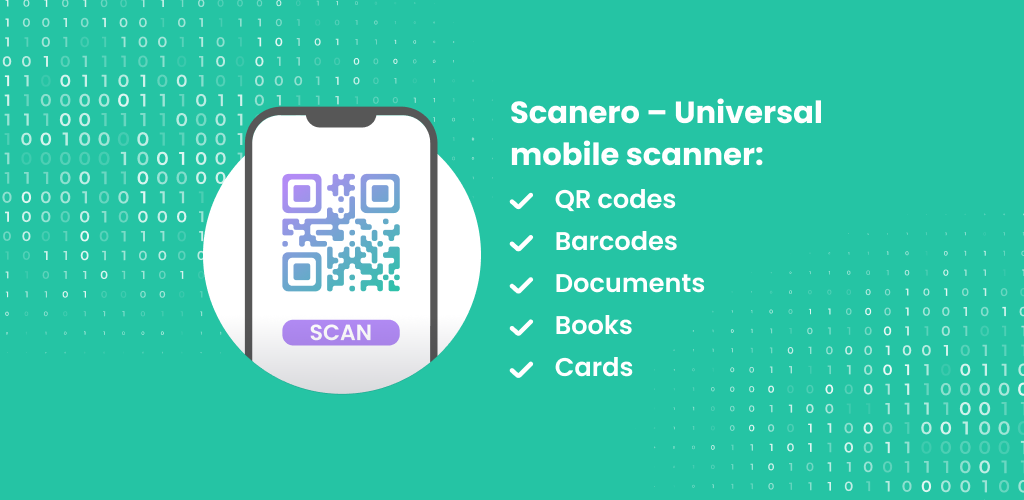
Countries: The affiliate targeted Tier-3 regions where mobile traffic was growing, and the market wasn't yet saturated. These regions included Angola, Cameroon, Algeria, Congo, Mozambique, and Nigeria. Uruguay, Chile, Colombia, and Vietnam were also added.Target audience: The target audience consisted of Android users who had version 8 or higher. The supported browsers were Samsung and Google Chrome, and the target age range was 18 to 65 years.
Creatives: The affiliate used the creatives provided by the advertiser. Users clicked on the creative, which took them to a prelander page, and from there, they were directed to the application page in the Play Market.
Targeting details: Separate campaigns were launched for each prelander page. All regions performed well, except for Brazil, where some of the traffic came from bots, resulting in a lower ROI.
Results: Brazil, with the highest number of leads, turned out to be the least profitable due to bot traffic.
- Profit: $791.7
- Payments: $2,102.9
- Expenses: $1,311.2
- ROI: 60.38%
To avoid such a negative experience, we recommend considering the number of websites owned by the advertising network. When the advertising network owns the websites which it gets traffic from, the affiliate can expect higher-quality traffic. MyBid owns most of the websites it uses to reach the audience. Additionally, it also has an advanced anti-fraud system filters out low-quality traffic.





